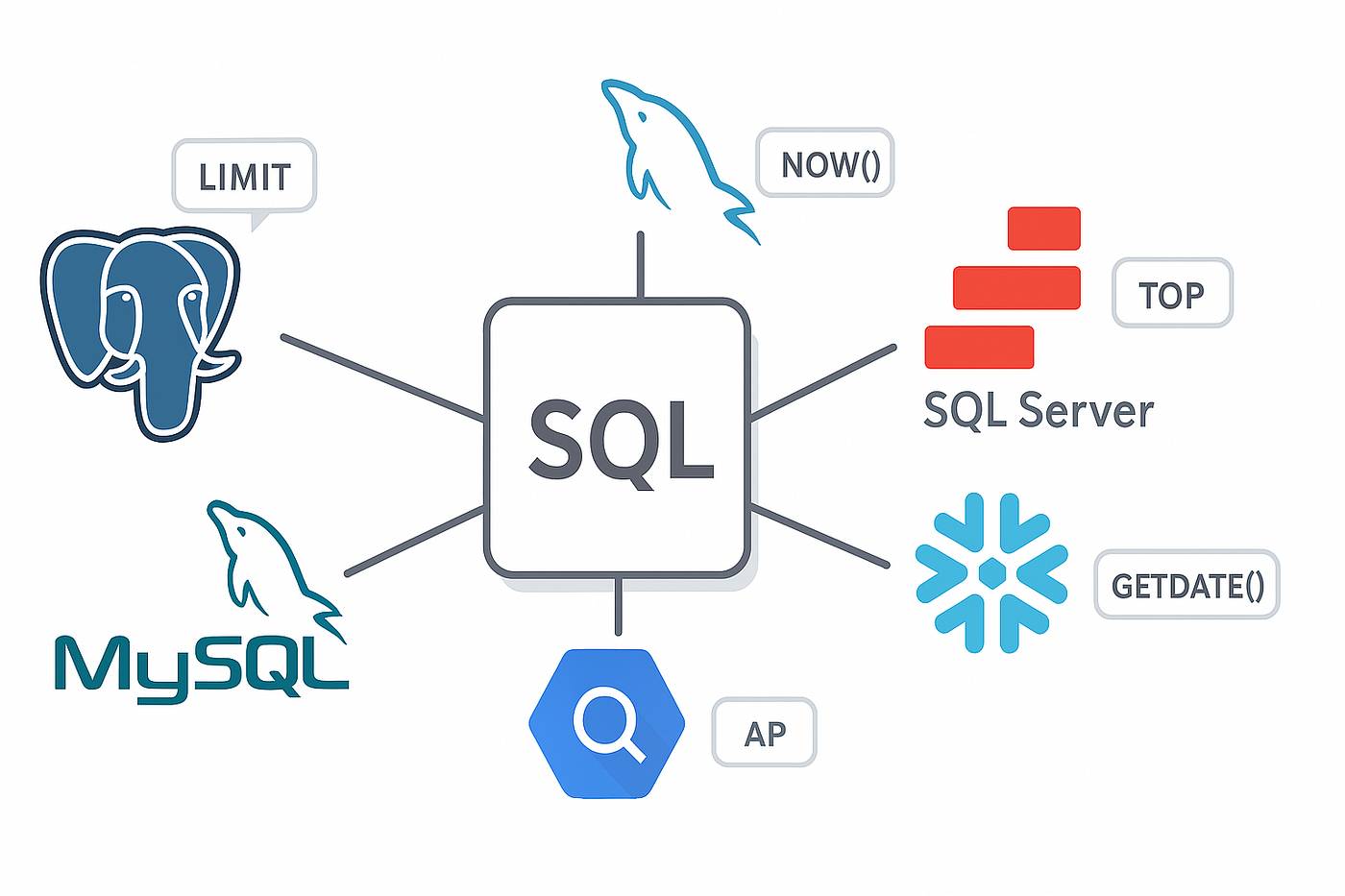How to Quickly Understand a New or Unfamiliar SQL Dialect
SQL has many dialects—like MySQL, PostgreSQL, SQLite, SQL Server, and Oracle SQL—and while they share the same foundation, there are always subtle (or even major) differences. Here’s a step-by-step method I follow whenever I encounter a new SQL dialect:
- Check the official documentation: Go straight to the dialect’s official site. Look for keywords like “syntax differences” or “SQL guide.”
- Compare data types: Each dialect has different default types. I always compare common types like
VARCHAR,TEXT,DATETIME, etc. - Test basic queries: I write and run simple queries to check for syntax errors or unexpected behaviors. For example:
Might work in SQL Server but not in MySQL (which usesSELECT TOP 5 * FROM table_name;LIMIT). - Read migration or compatibility guides: Many dialects provide comparison pages showing differences from other systems.
- Explore the community: Stack Overflow, GitHub issues, and Reddit threads are great places to see real-life issues and solutions.
Finally, I keep a cheat sheet for quick reference whenever I switch between dialects. It saves time and prevents frustration!
Want to see practical examples and a checklist you can use every time? Check out my full guide here: SQL Dialect Learning Guide



0 Comments